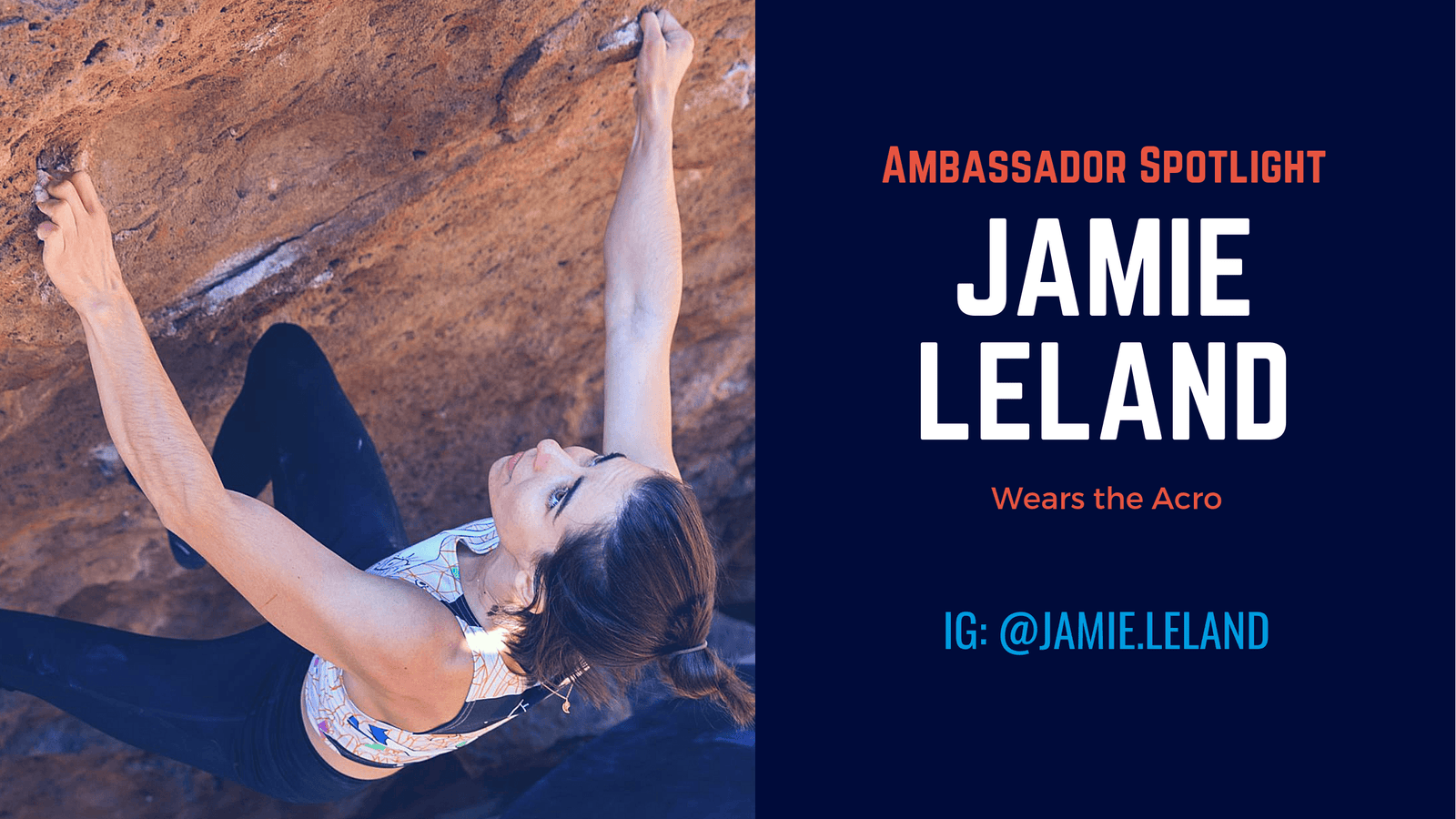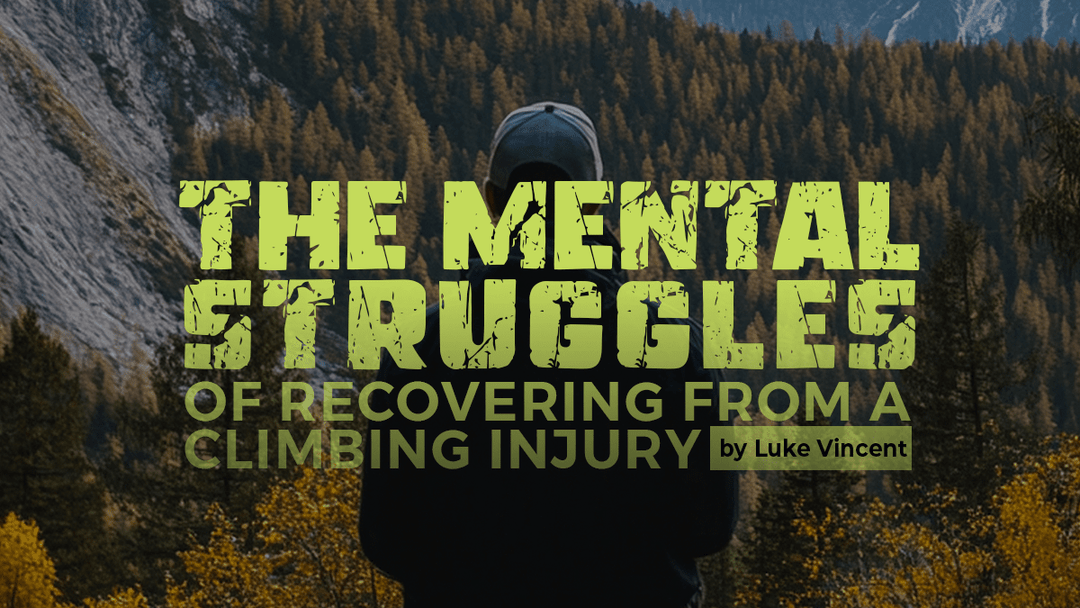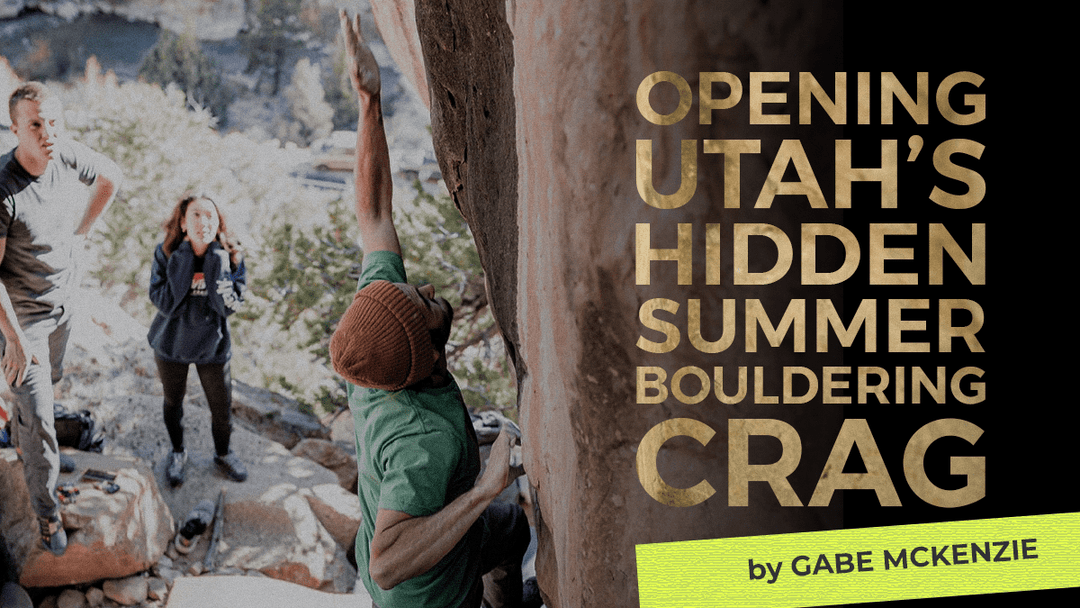Ambassador Spotlight | Jamie Leland

Hometown: Phoenix, AZ
Q: What’s your climbing style?
A: Bouldering
Q: What is your proudest accomplishment in climbing, and outside of climbing?
A: I sent my first V10 last year AND it was the first female ascent! The climb is called Public Enemy and it’s a well-known test piece in the Superstition Mountains. It was an honor to be the first woman to send that problem. Not more than a year before that, I had never laid eyes on Public Enemy, nor had I ever dreamed I would send anything that hard. Projecting and sending it showed me what I was capable of and I learned how much I’d been underestimating myself.
Outside (but still inside) climbing, I helped launch the Arizona Women’s Climbing Coalition. I’m passionate about women’s empowerment, environmental stewardship, and climbing and I’m proud to be part of an organization that helps me make my community better.
Q: What advice would you give to your first year climbing self?
A: When I started climbing, I was incredibly stoked and celebrated every little victory – actually, I still do! Still, I was pretty hard on myself for my failures and shied away from trying things outside of my comfort zone, which I think slowed my progress and prevented me from working on my weaknesses. I’d tell my first year climbing self to recognize the drawbacks of being prideful and work on being a little more humble. I tell my current self to do the same!
Q: Who do you take advice from and why?
A: I take advice from people who are close to me and from people I’ve seen struggle with and overcome whatever I’m struggling with. The people who are close to me know what I struggle with and can approach me in a way I’m receptive to. People who have overcome the same struggles have valuable insight and can often relate in ways others can’t.

Q: How has your training for climbing changed in the last year?
A: I was training pretty intensely last year, but I’ve slowed down quite a bit. My stoke in the gym has cooled, but I’ve been getting out to my local crags a lot more during the week. It might not be as effective as training, but I personally find spending time outside emotionally grounding and spiritually nurturing. That’s important to me because the last year has been full of uncomfortable change and positive growth for me.
Q: How has climbing affected the people you choose to surround yourself with?
A: Pretty much all of my friends are climbers, which is great because the climbing community is full of good-hearted, intelligent, and passionate people.

Q: What have you done to give back to the climbing community?
A: I’m very active in unifying the women’s climbing community through the Arizona Women’s Climbing Coalition. We help introduce the sport to the uninitiated; we spread awareness on sexual harassment and sexual assault in the climbing community and provide information on what bystanders and gyms can do to help prevent and address the issue; we participate in and spread the word about crag cleanups and other stewardship events; and we have so much more we’re planning on doing!
Q: What have you learned from failure?
A: Like everyone else, I’ve learned that you just have to keep moving forward, and though sometimes failures shape your path, it can be for the better. Through climbing, I’ve learned that almost anything is possible if you just keep at it, but I’ve also learned that sometimes it’s better to move on and try something else.

Q: Who are the climbers that inspire you the most, and why?
A: My friends inspire me the most. I love seeing the different things that drive them. I have a friend who had major surgery on her leg and has been climbing as much as possible throughout her recovery, even when she can’t put weight on it. She’s always struggled with fear in her climbing and seeing her growth since her surgery makes me so happy. I have another friend who is absolutely fearless and brings a passion and drives to her climbing so fiery that it’s contagious. I have another friend whose patience makes her a projecting master. Still, another enjoys the act of climbing so purely that he has absolutely no ego attached to it at all. He appreciates every problem for what it is and he climbs beautifully. I’m completely surrounded by climbers who inspire me every day!
Q: What is your favorite climbing location, and why?
A: It’s so hard to pick just one, but it has to be local because the areas in Arizona are so beautiful and dear to me. Cherry Canyon is my favorite when temps in Phoenix are unbearable – it’s cool, secluded, and the limestone walls are stunning (and an absolute blast), but when winter arrives, it has to be the Superstitions. The long hike, the sharp volcanic rock, and the climbs can be nasty and beautiful in the same way the surrounding desert can be nasty and beautiful – and the views are stunning.

Q: Why Butora Climbing?
A: In my view, Butora is unpretentious, cares about the climbing community, and cares about sustainability. I climb in Butora shoes because they’re comfortable and durable.
Q: What are your favorite before and after climbing meals?
A: My classic go-to’s are burritos before and ramen after. Yum!

Q: What is your spirit animal?
A: Jaguar 😉.
Q: What differences have you found in climbing Narsha versus climbing in Acro?
A: The Narsha is very stiff, absolutely covered in rubber, and offers more heel protection than the Acro. Their stiffness, ample rubber, and aggressive shape make them great for steep climbs involving lots of fancy footwork like toe hooks, heel hooks, and cams. I’ve personally enjoyed using them on the pocket limestone roofs at Priest Draw. However, I’ve found the Acro to be more comfortable and versatile, especially if you have a lower volume heel. While aggressive, they break in nicely, are more flexible than the Narsha, and still offer plenty of rubber to protect your heels and toes.
Q: What are some tips you would give to new outdoor climbers about crag etiquette?
A: Clean up your tick marks and trash, be mindful of the people around you, and stay on the trail.

Q: Tips you would give to someone who is stuck on their project? How do you stay motivated when you are stuck?
A: Even if you don’t feel like you’re making progress on your project, every time you get on it, you’re getting stronger. If you’re absolutely stuck, try some new beta on the move that’s giving you problems or work a different section. Beyond that, sometimes all we need is a little rest—that’s when the real magic happens! Take a couple of days to rest or climb other things and come back to it later.
Q: How have you overcome fear in climbing (fear of falling, fear of failure, etc.)?
A: Keep doing the things that make you uncomfortable and eventually they won’t be so uncomfortable. It’s also important to remember that if you feel something isn’t worth the risk, there is no obligation to overcome your fear. Climbing is for your enjoyment. Don’t let outside pressure compromise your safety for a send.




